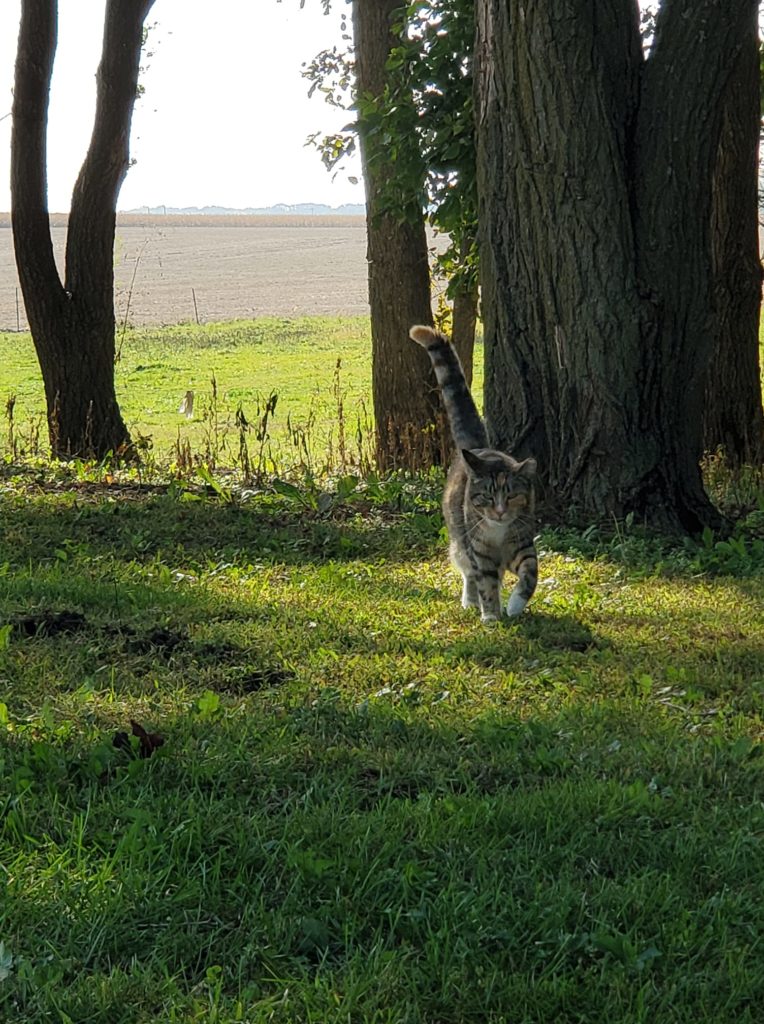By: Talin Seta Shahinian
A sizable segment of the cat-loving internet is devoted to celebrating chunky cats, known as chonky cats or chonkers. They’re admired for their roundness, heft, and cuteness. While some cats may just be stout and hearty, others may be considered obese. Like humans, some cats may be larger and remain healthy. While other cats are naturally larger breeds, such as Maine Coons, Siberians, Ragdolls, Bengals, and Norwegian Forest cats. How big is too big when it comes to your domestic breed cat or another breed with a usually smaller body type?
What Is Feline Obesity?

Cat obesity is when a feline carries extra weight and body fat. It’s a common and preventable disease that affects 30% to 35% of the overall cat population in America. Older cats tend to be obese in even higher numbers, with 50% of five to 11-year-old cats carrying more weight than is ideal for their frame. Officially a cat is considered obese if its body weight is 20% higher than the normal weight range for its breed.
How Can You Tell if Your Cat Is Obese?
It’s not as easy to tell if your cat is obese as you might think. Weight alone isn’t a clear indication of obesity, as cats have widely varied body sizes and shapes. Here are some clues that you should get your cat’s weight and body fat percentage checked by your vet to make a definite determination of obesity or if at-risk for obesity.
- You can’t feel your cat’s spine or ribs with the palms of your hands.
- Your cat doesn’t have a discernible, defined waist when you’re viewing him from overhead.
- Your cat has a bulge on either side of her tail that’s easily noticeable.
What Are the Risks of Feline Obesity?
Obesity can shorten a cat’s life span and put them at higher risk of developing various diseases. Moderately overweight cats can still have a reduced life expectancy. The mortality rate for obese cats aged eight to 12 increases by 2.8% over lean cats in the same age group. Excess fat usually present with elevated weight causes stress to the feline’s body, as fat tissue releases hormones that cause inflammation. The secretion of the inflammatory hormones from within the fat tissue creates oxidation within the feline’s body, leading to diseases.
How Is Feline Obesity Treated?
If your vet confirms that your cat is obese, she’ll formulate a nutritionally sound feeding plan to help your cat lose weight gradually. It’s imperative to not under-feed your cat in an attempt to help him lose weight quickly, as there are dangers associated with rapid weight loss. The potentially fatal disease hepatic lipidosis can develop from fat depositing in the liver due to a sudden change in metabolism during fasting. Slow, steady weight loss is much safer. If your cat is significantly overweight, it could take up to a year to help her safely reduce her weight. So, don’t rush it, as it can just defeat the purpose of trying to improve her health and longevity.
If you live in NW Wisconsin, Purple Cat Mobile Vet Clinic is here to help you keep your cat healthy and happy. We’re a high-quality, high-volume, low-cost spay/neuter clinic. We see cats exclusively. Scheduling information is available on our www.purplecatvet.com website. You can also check out our Facebook page for more helpful information on all things feline!
